As people all over the United States sit down to carve the turkey and remember the pilgrims who sat down for Thanksgiving in 1621 they may be surprised to learn that they are in fact celebrating the wrong date entirely.
The history books tell us that the first Thanksgiving was celebrated in 1621 by English pilgrims who had arrived in America on the Mayflower.
In 2019, archaeologists at Florida’s Museum of Natural History revealed that the first Thanksgiving was actually celebrated in St. Augustine, Florida over 50 years earlier on September 8th 1565.
It was not the English pilgrims in their wide-brimmed hats who celebrated the first Thanksgiving, but Spanish explorer Pedro Menéndez de Avilés and 800 soldiers, sailors and settlers.
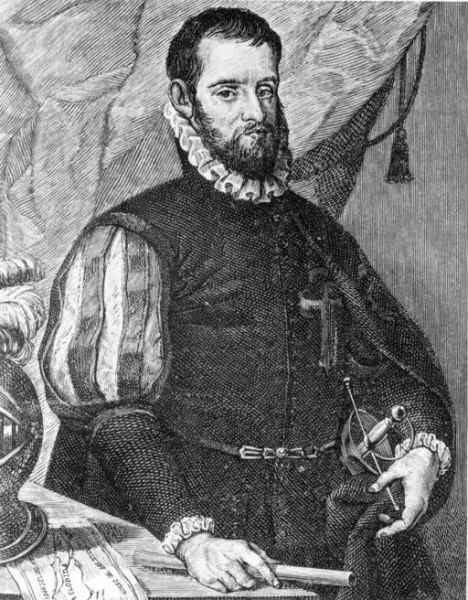
They attended a special Thanksgiving mass before sitting down together with local Native Americans for a thanksgiving feast, according to Kathleen Deagan, research curator emerita of historical archaeology at the Florida Museum of Natural History.
And far from the traditional turkey, the first Thanksgiving feast included salted pork and typical Spanish products such as red wine, olives and chickpeas.
While there might not have been a cranberry in sight, the first Thanksgiving feast may have included some typical Caribbean foods that Menéndez picked up when he stopped in Puerto Rico before landing in Florida.
The local Timucuan people may have also contributed to the feast, bringing “corn, fresh fish, berries or beans,” according to Deagan.
The first Thanksgiving feast probably took place along the banks of the Matanzas River, the site of the first Spanish colony in the United States.
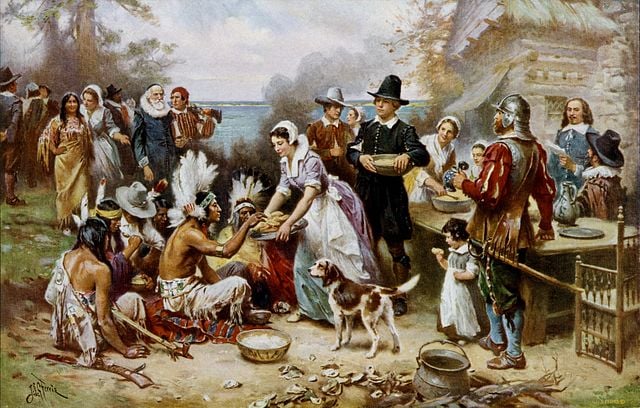
Menéndez de Avilés had lost half his fleet on the voyage from Spain, and one of the first things he did on reaching the “New World” was to organise a mass of Thanksgiving, followed by a feast.
“He invited all the local native people who were so curious about them,” said Deagan.
But how has this important part of US history been forgotten?
In part, it is because over the centuries the history of the United States has been heavily anglicised, with America’s origins viewed as primarily British.
“The fact is, the first colony was a melting pot and the cultural interactions of the many groups of people in the colony were much more like the US is today than the British colonies ever were,” Gifford Waters, historical archaeology collection manager at the Florida Museum, told the University of Florida news.
“I think the true story of the first Thanksgiving is especially important, since there is a growing Hispanic population in the U.S. and the role of the Spanish colony in La Florida is often neglected in the classroom,” he added.
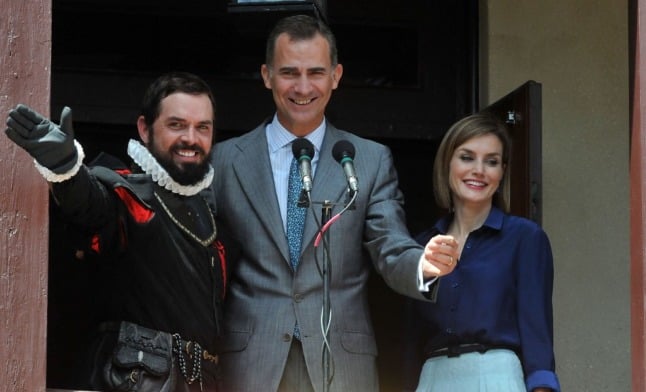
St Augustine is the oldest continuously occupied European settlement in the United States, and in 2015 it celebrated its 450th anniversary – it was founded by Menédez de Avilés on September 8th 1565.
Spain’s King Felipe and Queen Letizia visited the city on their first trip to the USA in 2015 to take part in the anniversary celebrations.
READ ALSO:

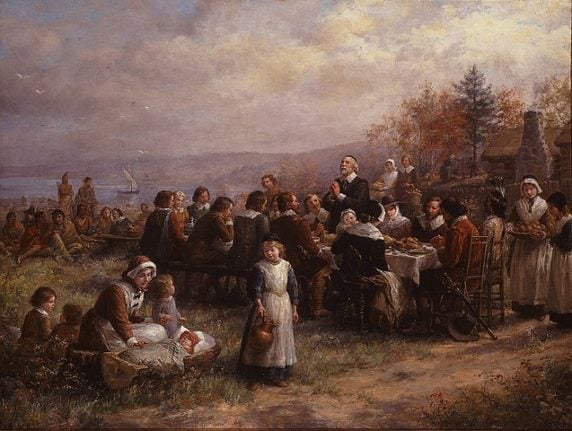
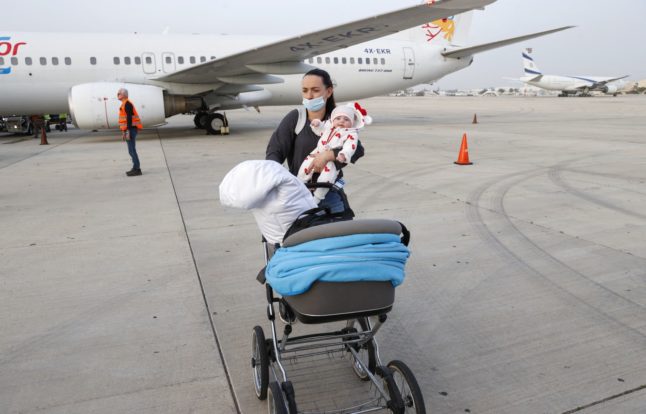
 Please whitelist us to continue reading.
Please whitelist us to continue reading.
Member comments